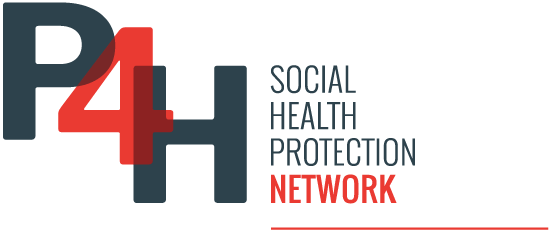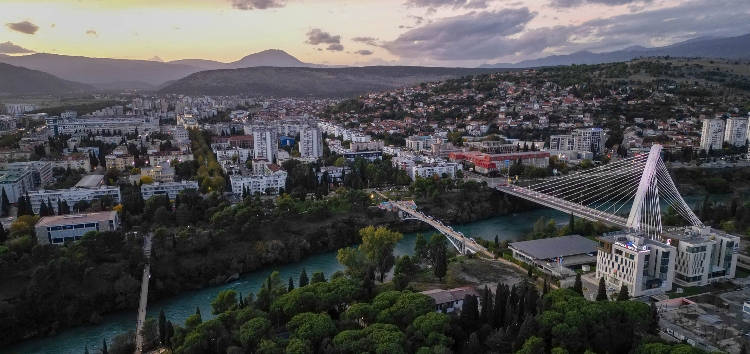Montenegro, which gained independence in 2006, is an upper middle income country on the Balkan Peninsula in southeastern Europe. It has a population of 616,000 people and life expectancy of 76 years.
Montenegro has a social health insurance system that covers more than 95% of the population. The ministry of health is the primary administrative, regulatory and governing authority and the Health Insurance Fund is the single purchaser of health services. Other public health care institutions include the Institute for Medicines and Medical Devices of Montenegro and the Institute of Public Health of Montenegro, as well as certain specialized health care service providers.
According to the European Observatory on Health Systems and Policies and the World Health Organization, the main documents regulating health care include the Health Care Law of 2021, which stipulates that everyone has equal access to health care; the Health Insurance Law of 2021, which states that everyone has the right to health services under statutory health insurance; and the Master Plan for the Development of the Health System in Montenegro 2015–2020, which defines the strategic priorities for health. In addition, the ministry of health has a Healthcare Development Strategy for 2023–2027 with the Action Plan for 2023–2024.
Health care delivery is organized at three levels: primary care (through health care centres), secondary care (through general and special hospitals) and tertiary care (through the Clinical Centre of Montenegro). Primary health care centres have three basic units: the outpatient clinic of the chosen doctor (a general practitioner, a pediatrician or a gynaecologist); the support centres organized at the local and regional level that treat diseases, including tuberculosis, perform diagnostic tests, provide mental health care and care for children with special needs; and units that provide home visits, physical therapy and patient transport services.
Montenegro’s current health expenditure (CHE) of 10.55% of GDP in 2021 is considered high, on par with the European Union (EU) average of 10.56% in 2021. The domestic general government health expenditure, expressed as a share of general government expenditure, is also high at 14.4% in 2021 which is slightly below the EU average of 15.71% in 2021. Although health spending in terms of GDP is high, per capita spending is low, at Int$ 2,439 in 2021 compared to Int$ 5,227 in the EU on average.
The share of publicly funded CHE in the country was 61.2% in 2021,[1] which is lower than the EU average of 76.5%. Montenegro’s private expenditure rate is considered high, as 38.08% (2021) of CHE consisted of out-of-pocket expenses, a rate that far exceeds the EU average of 14.55% in 2021. It was also reported that almost 10% of all households experienced catastrophic health spending in 2017. Out-of-pocket spending by households is most often incurred for outpatient medicine and dental services, and informal payments for health services also exist.
Social health insurance contributions were the largest source of public funding for health, accounting for 33.7% of CHE in 2021, but they were not significantly higher than the share of government transfers (27.5% in 2021), with out-of-pocket spending (38.08%) exceeding both. It was reported that as of January 2022 financing of health services changed from a combination of insurance contributions and government transfers to fully tax-based funding.
The recent “reform at all levels of health care” focuses on strengthening the managerial capacities of leaders in the health care delivery sector, and giving more autonomy to providers. These reforms aim to provide better access to quality health care for all and better working conditions of health professionals while also ensuring financial sustainability of health insurance.
References
[1] World Health Organization, Global Health Expenditure Database, Health Expenditure Profile (choose country)

